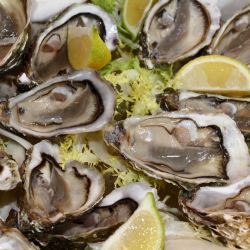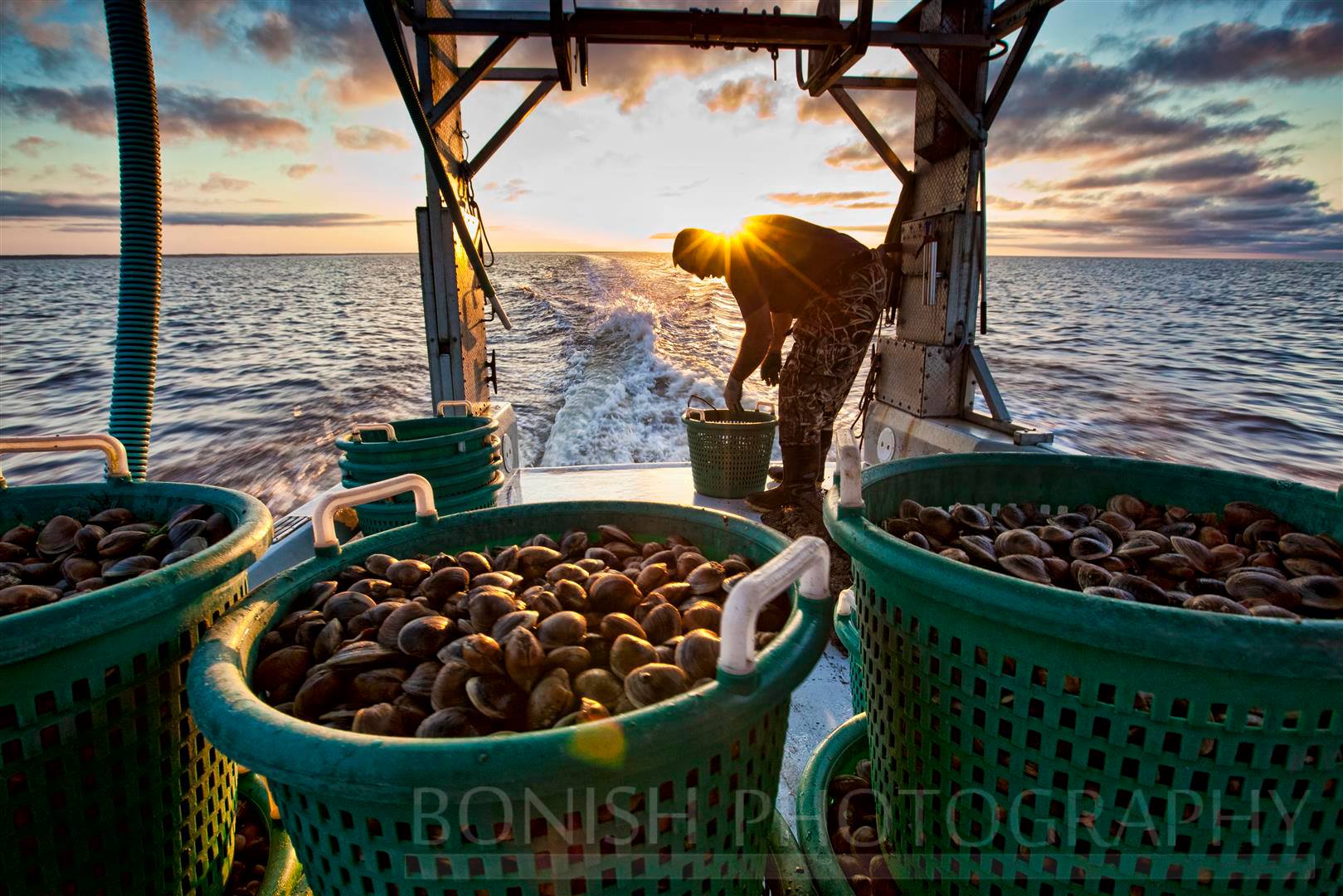
You've heard it before: Only eat oysters in months that end with 'R.' If you consider this adage true, December is your lucky month — though you've only got a few days left to indulge in delicious shellfish. But if this were truly a fact, how do millions of restaurants serve up oysters year-round with no public health repercussions? Experts in the field say that's because the safest time to eat oysters is, in fact, all year long.
"You can eat oysters all year under proper care and even from warmer waters such as the Gulf of Mexico," Heath Davis, owner of Cedar Key Seafarms in Cedar Key, FL, said.
Due to improvements in rapid cooling systems and time temperature harvest, Davis explains that the advice of only consuming shellfish in certain months is no longer the rule of thumb for fresh, delicious and safe oysters.
 So how did the old advice come to be? It turns out; it wasn't all a lie. This advice came in handy when oysters were harvested in the wild rather than farmed. Because oysters spawn in the summer, when water temperatures are highest, the season was closed in some of the R-less months (May, June, July, August). Before proper refrigeration, it wasn't quite safe to eat raw seafood that has previously been sitting out on the docks for an unspecified period of time.
So how did the old advice come to be? It turns out; it wasn't all a lie. This advice came in handy when oysters were harvested in the wild rather than farmed. Because oysters spawn in the summer, when water temperatures are highest, the season was closed in some of the R-less months (May, June, July, August). Before proper refrigeration, it wasn't quite safe to eat raw seafood that has previously been sitting out on the docks for an unspecified period of time.
Image credit: Bonish Photography
Other factors that influenced the advice is the prevalence of bacteria in warmer waters, as well as the higher red tide levels — which carry algae that are known to be toxic in humans. Consuming shellfish that contain this toxin could lead to paralytic shellfish poisoning or PSP.
Today, around 90 percent of oyster farms are in colder waters, which leads to a quicker spawn season and making them edible year-round. Different oyster breeds also come into play, like the triploids for example, which are bred to be sterile.
Without a doubt, proper food safety practices and accountability aimed at protecting the consumer have made it possible for us to enjoy our favorite seafood snack all year long. And if you're really adventurous, Cedar Key Seafarms has devoted an entire page on their website on proper handling, shucking and cooking, and eating oysters (if you can handle the texture, that is).
